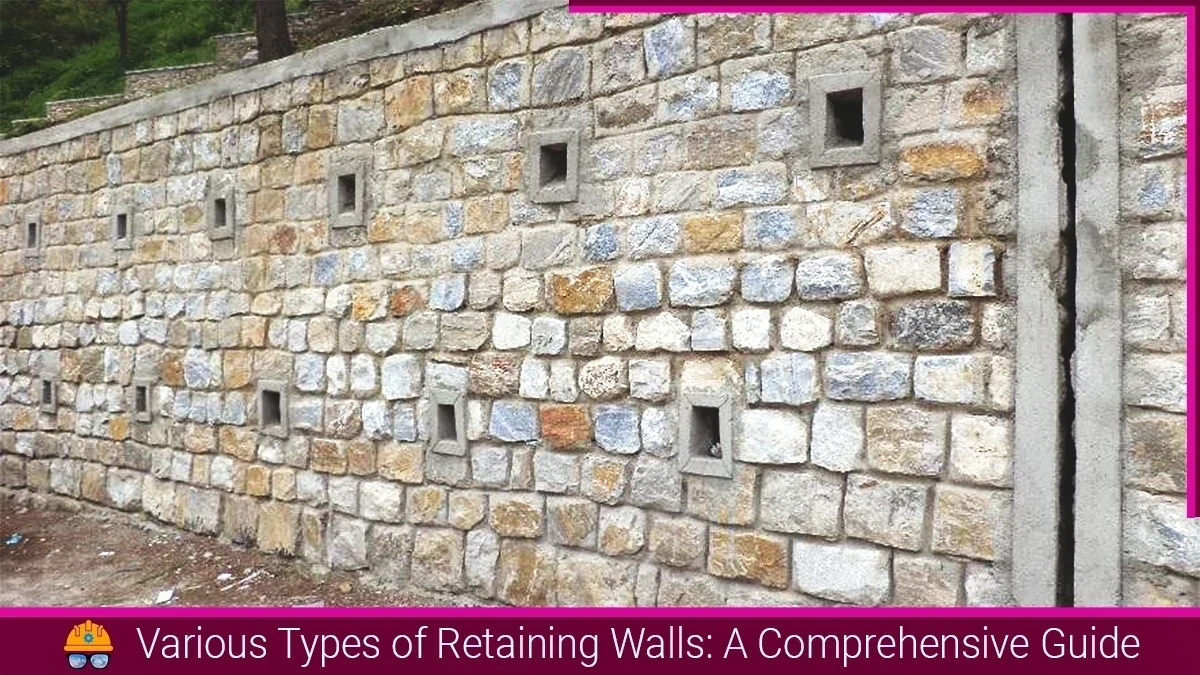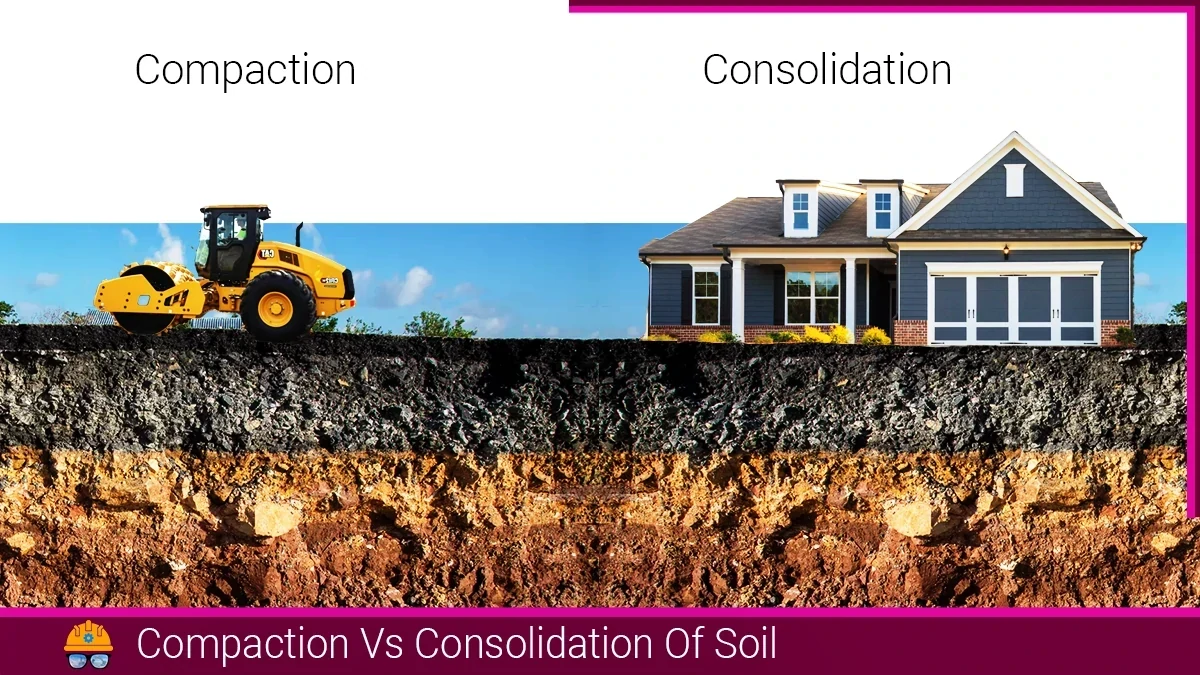The Vane Shear Test is a geotechnical testing method used either in the laboratory or in the field to determine the in-situ shear strength of cohesive soils, such as clay. It is a quick and economical test, often performed directly in the field to assess the undrained shear strength of soft or saturated soils.
A shear vane is a device used to perform the test, typically consisting of four steel blades arranged in a cross pattern and welded to a central steel rod. The steel vane is pushed into the undrained soft clay soil and rotated by hand at a constant rate. The amount of torque necessary for rotation is measured and calculated for the shear strength of the soil.
Apparatus:
The apparatus required to conduct the vane shear test are:
- Vane shear apparatus.
- Soil Specimen.
- Specimen container.
- Callipers.
Procedure:
The vane shear test can be conducted in the following 4 steps.
- Preparing of Speicement:
- Collect the soil sample from the desired field.
- Prepare 2 to 3 soil specimens from the collected sample.
- Fill the container with the specimen and mount it on the vane share apparatus.
- Insertion of Vane:
- With care, lower the shear vanes into the specimen to its full length without disturbing the soil specimen.
- The tip of the vanes is pushed into the soil specimen to a depth of 10 mm below its top level.
- Applying Torque:
- Note the reading of the angle of twist.
- Rotate the vanes at a controlled rate of uniform speed (usually at 1 °per second). As the vane rotates, the soil around it resists the motion due to its shear strength.
- Rotation of the vane should be continued until the specimen fails.
- Measurement of Torque:
- The torque required to rotate the vane is measured. This torque is directly related to the shear strength of the soil.
- Note the final reading of the angle of twist which is carried out until the soil specimen has failed.
Observations:
Name of the project:
Soil description:
| S.No. | Initial Reading | Final Reading | Difference | Torque (T) | Shear strength (\( \tau \)) |
|---|---|---|---|---|---|
| 1. | |||||
| 2. | |||||
| 3. |
Calculation of Shear Strength:
The undrained shear strength (τ) of the soil can be calculated using the torque (T) and the dimensions of the vane (height and diameter). The relationship is given by the following formula:
\( \tau = \frac{T}{\pi D^2 H/2 + \pi D^3 /6} \)
Where:
- ( T ) = measured torque
- ( D ) = diameter of the vane
- ( H ) = height of the vane
Result of Vane Shear Test:
Shear strength of soil specimen = ________ kg/cm2.
Remarks:
This test is useful when the soil is soft and its water content is nearer to the liquid limit.
Sensitivity of Soil
The vane shear test can also be employed to determine the sensitivity of soil.
\( S_t\;=\;\frac{S_u}{S_r} \)
Where,
- \( S_t \) is sensitivity of soil
- \( S_u \) is Undisturbed soil
- \( S_r \) is remoulded of Soil
Applications:
- Soft clay soils: Primarily used for soft to very soft clays where other methods may not be feasible.
- Undrained shear strength: Suitable for conditions where the soil is undrained (i.e., no drainage occurs during the test).
- Stability analysis: Useful in evaluating the stability of foundations, embankments, and slopes.
Advantages:
- Provides a direct measure of undrained shear strength in soft soils.
- Quick and easy to perform.
- Can be performed in the field with minimal disturbance.
Limitations:
- Less accurate for stiff clays or soils with a significant sand content.
- May not provide reliable results for layered or heterogeneous soils.
Also, read: Understanding the California Bearing Ratio (CBR) Test: Significance, Procedure, and Applications
References:
- Bureau of Indian Standards. (1978). IS 4434. Code of Practice For In-Situ Vane Shear Test For Soiles. (1st rev.) Bureau of Indian Standards (BIS)
- Punmia, B.C. Jain, A.K. & Jain, A.K. (2005). Soil Mechanics And Foundations. Laxmi Publications (P) Ltd.
- Venkatramaiah. C. (2006). Geotechnical Engineering. New Age International Publication
- Chudley, R., & Greeno, R. (2016). Building Construction Handbook (11th ed.). Routledge.
- Shear strength of soil by vane shear Test. (2018, September 26). theconstructor.org. https://theconstructor.org/geotechnical/shear-strength-soil-vane-shear-test/3435/
![]()







